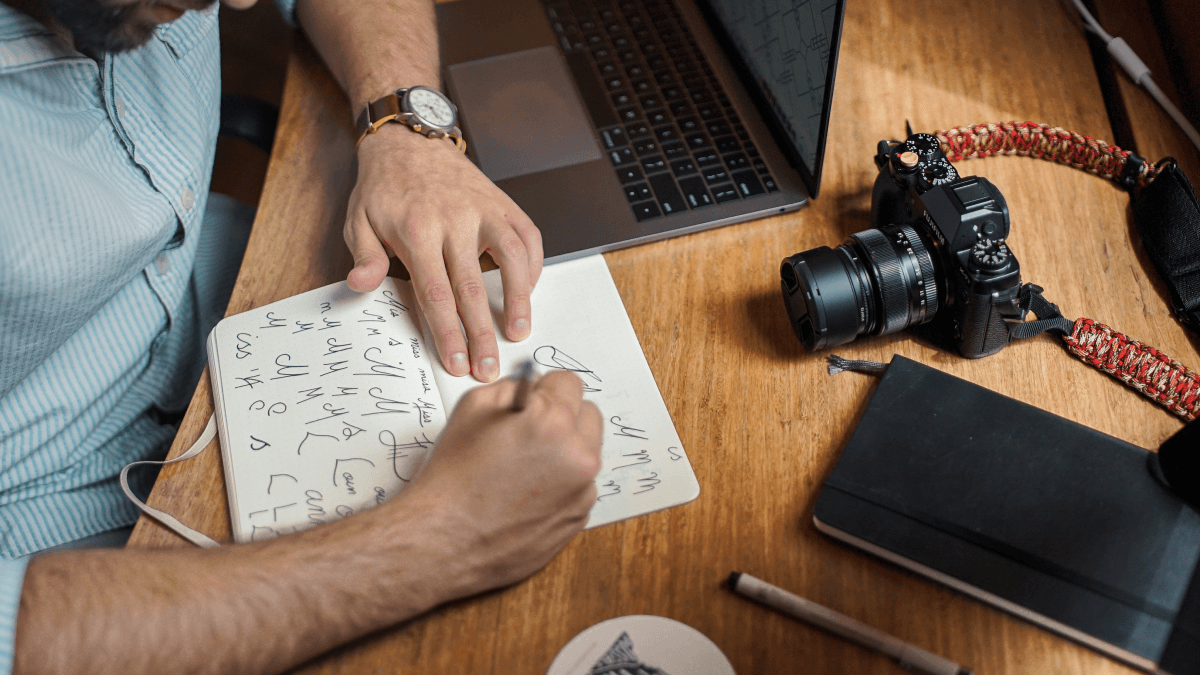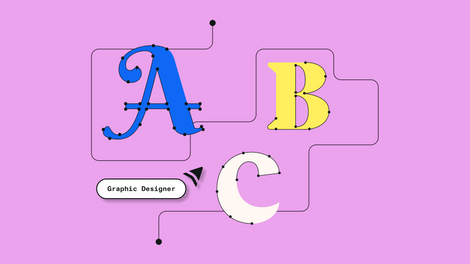
Freelance design work often happens on the fly, but if you want to make the most of your time and resources, you must become an expert at creating design briefs.
You know the saying, "measure twice, cut once"? That's sort of what a design brief is about.

Simply put, a design brief is a detailed plan for a project before you start designing.
It'll save you time and panic when deadlines are looming, ensure that you stick to the budget, help you avoid scope creep, and will essentially lead to a successful project (and a happy customer!).
It's especially important for freelance designers to know how to create a good brief so that you and your client are clear about each other's expectations and limitations.
Once approved, the design brief becomes the go-to document for every aspect of an upcoming project—both for the designer (you) and the client.
Jumpstart your ideas with Linearity Curve
Take your designs to the next level.
What exactly is a design brief, and why do you need one?
When embarking on a new client project, your design decisions will be guided by your client's brand, the particular problem they want to solve (e.g., selling goods online), ideas on how to solve the problem, and the project budget.

A design brief is a collaborative document set up by the customer and the design team as an agreement on the scope and expected deliverables of a design project.
It's not simply a list of design requirements shot through in an email on a Friday afternoon (we know you also get those).
It's an overarching project management document that provides core details about your entire design process, such as background research and the audience persona, defining the project goals, working within the budget constraints, and the creative direction.
A design brief is a source of truth that helps keep your project on track, so it's essential to get it right.
Who uses design briefs?
This document is not only for a freelance graphic designer or graphic design agency.
Design briefs are also used for other visual design services, such as:
- Industrial design
- Architecture
- Illustration
- Engineering design
- Service design
- Interaction design
Basically, any creative project will benefit from having a design brief.
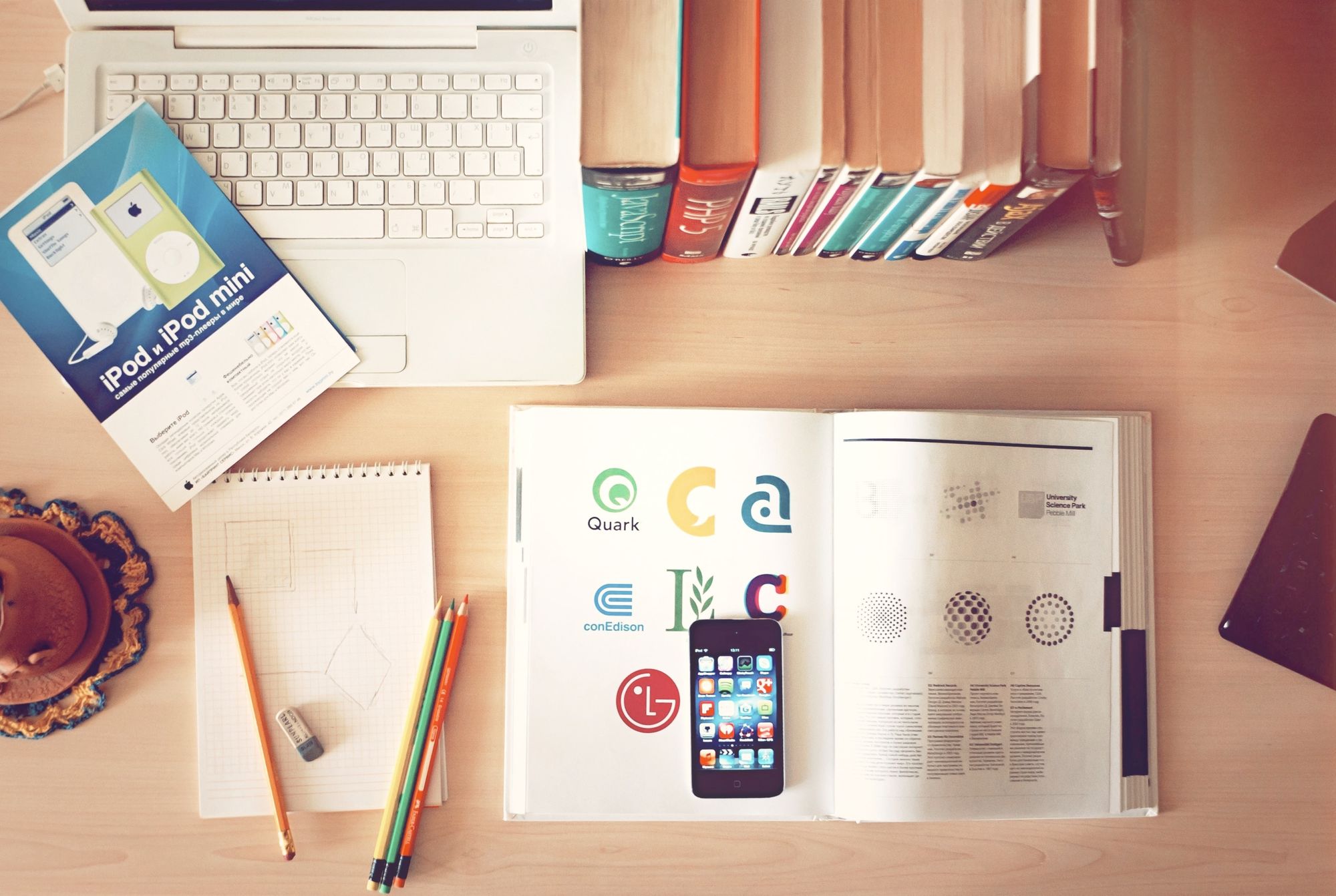
When to create a design brief
Who should write the design brief and why? It could be written by the customer, designer, account manager, or a project manager—it all depends on whether the client knows exactly what they want and who will be managing the project throughout.
The most important thing to remember is that all the project stakeholders should agree on what's been decided in the document, so be prepared for collaboration and changes before everyone's happy to proceed.
The design brief should be written after the design proposal has been accepted and the contract has been signed.

Design brief vs. contract
In design, the contract and the design brief work together to protect each stakeholder's interests. In other words, the design brief is the roadmap to ensure that the contractual agreement is met.
This means that if you fail to meet the requirements agreed upon in the design brief, it can have legal implications and be used as evidence of a contract breach.
Design brief vs. proposal
The design brief should not be confused with the initial proposal, although it develops out of the proposal.
A design proposal would address some of the points elaborated in a design brief, but your proposal is the presentation you put together to pitch to the client project and win them over.

A client usually considers a few proposals for the same project and then selects the best one.
If the client likes your pitch, you'll get the job and then flesh out the design brief based on the contract and the discussions you've had with the customer during the proposal phase.
Ready to create brand assets that pack a punch?
Visit our Academy for free marketing design courses.
Design brief vs. creative brief
It's also different from a creative brief, and it usually needs to be completed first before a creative brief can be made.
Think of the design brief as the strategic document determining how the project goals will be reached. In contrast, a creative brief will be handed to the design team to enable the execution of the deliverables.
The creative brief is an internal document (only for your team's eyes). This document is less strategic than the design brief and more practical—it's more detail-oriented toward the creative content.
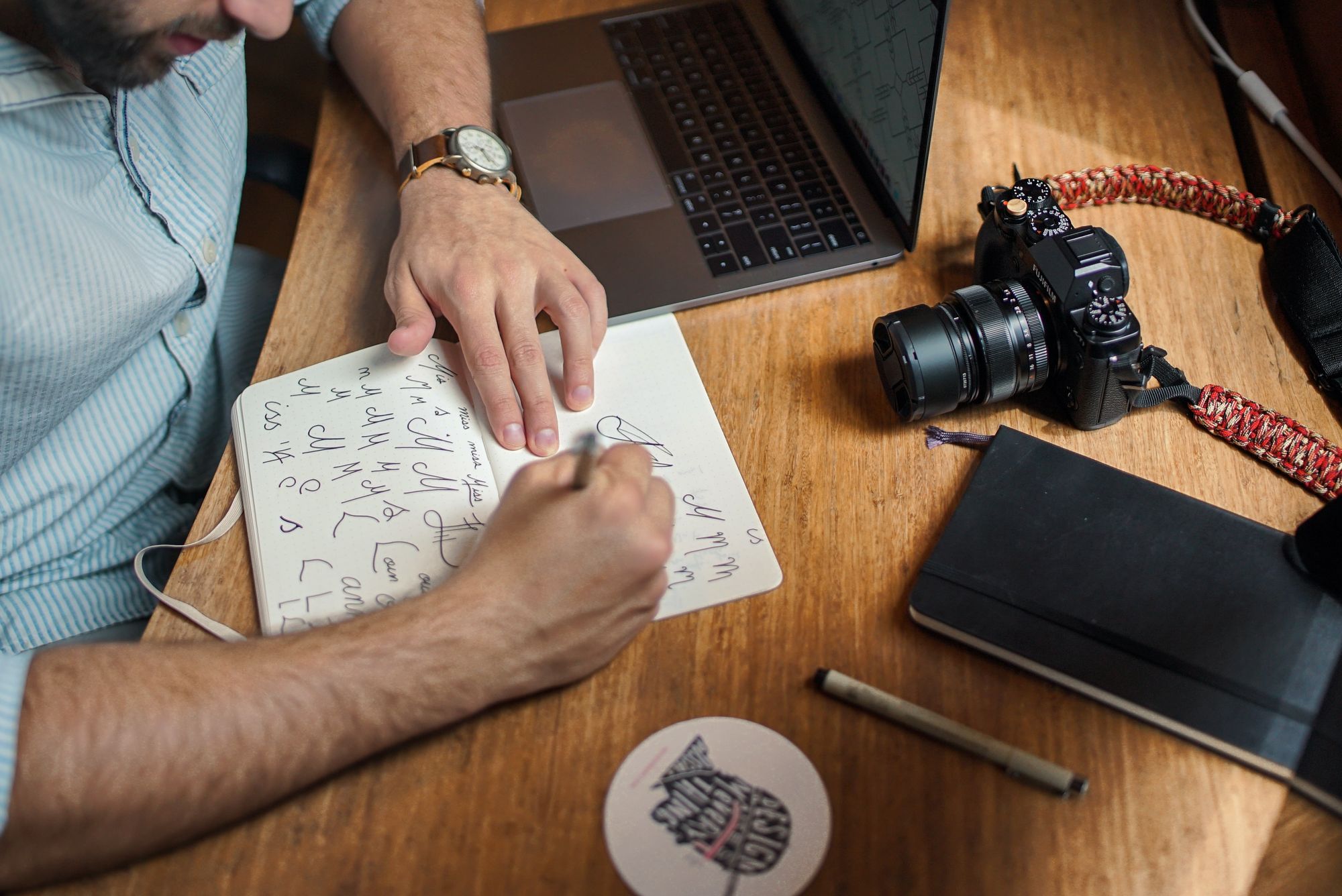
Self-employed freelancers might not need a creative brief and will work directly off of the design brief when designing the assets for the project.
Freelancers also tend to work directly with the client, bouncing off designs and making changes. However, in an agency, there would be an art director speaking on behalf of the client with the design team.
Now that you know the value that a design brief holds for your creative projects let's look at how to write an effective collaborative document.
How to write an effective design brief
If you're a freelancer, you probably receive very unclear design briefs from customers quite often, and you're also managing the project and the customer relationship directly.
A well-written design brief will be a life-saver, especially when you handle many projects at once and need to report on deliverables quickly.
When you set up your design brief, you need to include a few key points to make sure your project will run smoothly:
1. Client overview
Start with showing the research you've done about the customer, including their company vision and values, perhaps their PR statement, and any interesting stats or information that will be valuable to the project.
You'll want to include basic company details such as the name of the company, website URL, the various stakeholders involved in the project as well as each person's job title, department, and email address.
This will help you immensely when you're running multiple projects and want to find the right person to speak to at any phase of the project.
The client overview also sets the general tone of the project since it all comes down to what the company wants to achieve in the long run.

2. Project scope
The project scope is probably the most important part of the brief because it outlines the job to be done and why, as well as who's responsible for each part and what assets are expected to be delivered.
This is the section where the customer lets you know their expectations and what would spell success for them.
The customer can voice what they want and how they think it should be achieved. You can then come in with your expertise and steer the project expectations in a feasible direction.
For example, the client might want to create a VR shopping experience on their website, but you could inform them with statistics about how it would be better to run their e-commerce on Instagram.
It's essential to get the nitty-gritty of how many design assets should be delivered and in what file formats and asset dimensions.

It may seem like a lot of work to stipulate all of this before even commencing work, but think about how much time will be saved by avoiding countless iterations and exporting in multiple unnecessary formats.
It'll also enable you to prepare your design files correctly without having to resize and readjust artboards (yes, it can become a total nightmare!).
Remember: measure twice, cut once.
3. Target audience
Understanding your client's customer persona is integral to scoping out the project and making strategic design decisions.
You need to know your client's product or service, their selling proposition, and what company objectives they're trying to achieve.
Providing a detailed breakdown of the client's target audience (and backing it up with market research) will set the project's direction.

4. Competitor research
What is your client's value proposition compared to their competitors?
It's a fundamental question that needs to be answered for the design project to succeed.
Knowing your client's competitors will help you design a solution that will make them stand out – don't simply settle for a rehash of what their competitors are doing.
You want to set the standard, not meet the standard.
5. Set goals
Your client has hired you because they have an end goal in mind.
If they haven't set clear objectives and key results for the design project and how success will be measured, you need to help them do this.
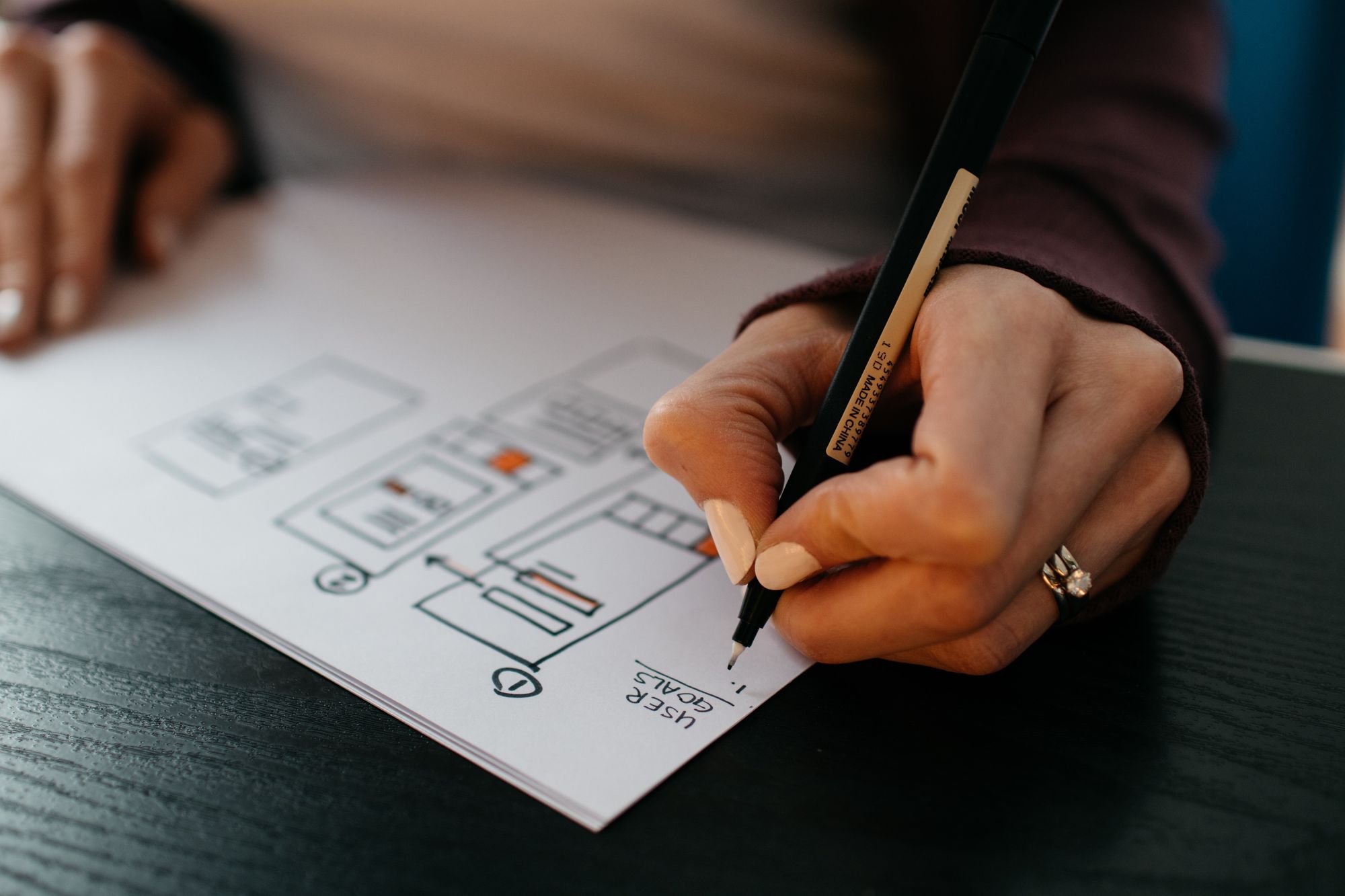
If you don't agree beforehand on what the design solution needs to achieve, you will have difficulty convincing corporate decision-makers that you've met their expectations.
A successful design project will have clear goals and how these results will be met.
Unleash Your Creative Potential in Design
Discover the endless possibilities of illustration in design. Learn how our tools can help you create stunning, unique designs effortlessly.
6. Make a list of the resources needed
There are a few basic details you must establish with the client:
- Do they have a logo, in which sizes and formats? Will you need to recreate, redesign or export their logo in other formats?
- Do they have a brand guide that explains the do's and don'ts of their brand and voice, or should this document form part of the scope of the project?
- Do they have any licensed stock image assets that you should use, or will you need to procure images for the project?
- What is the project budget and is there a breakdown of the various costs? Make sure to leave some breathing room in case of scope creep or other unexpected obstacles.
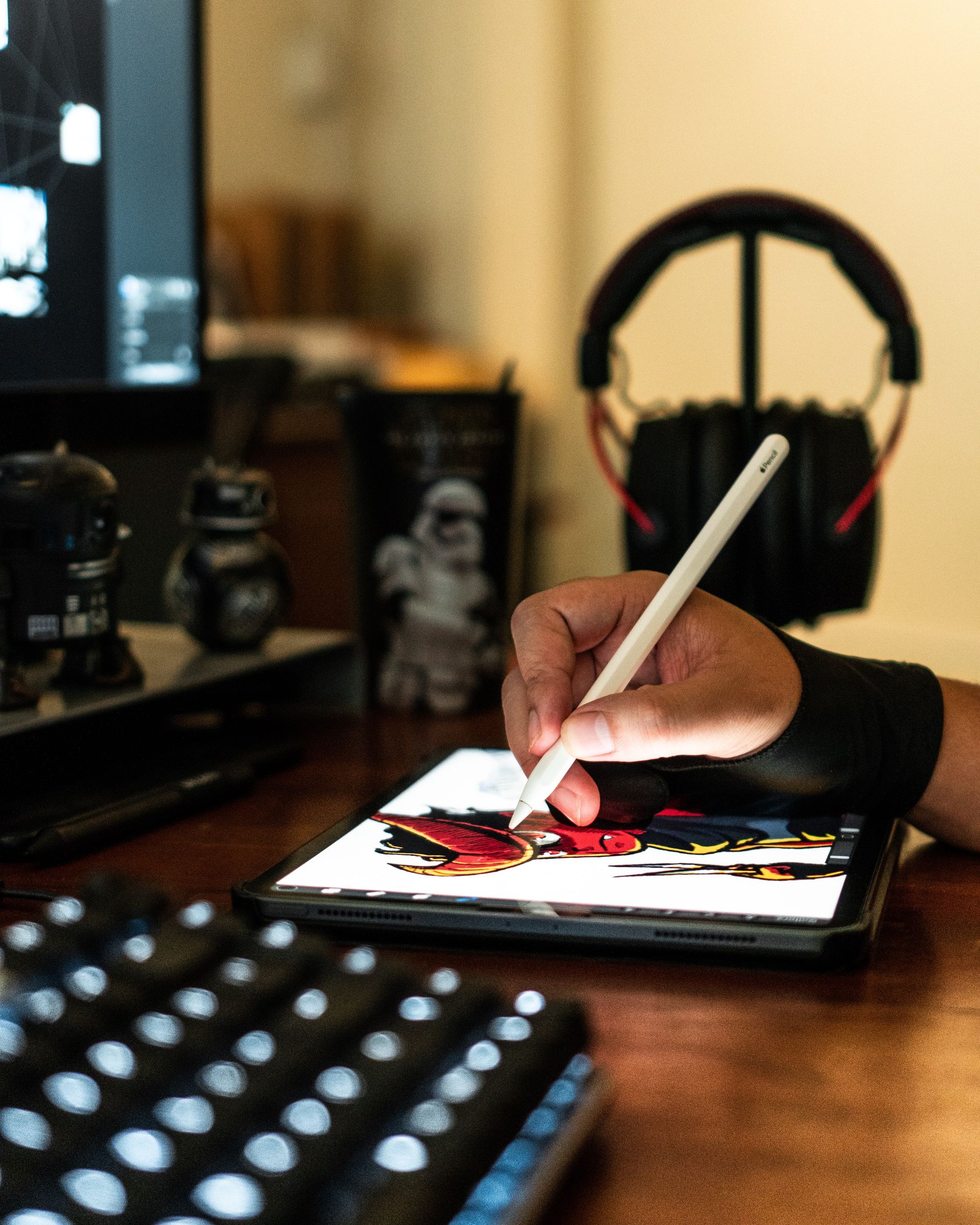
Establishing a clear line of communication with the client team is essential for a smooth workflow.
Letting them know what resources you need from them at the outset will spare you many headaches mid-project when you're trying to focus on deliverables.
It will also prevent you from waiting on critical elements and potentially missing deadlines or having to design these from scratch. Avoid scope creep!
7. Mood board
We mentioned in the previous point that you will need access to some assets that the client may already have, such as their logo, other key design elements, and brand guide.
The brand guide is your design dictionary for the client, where you can find their fonts, color palette, design use cases, and other important information about their brand.
With these assets at your fingertips and the project scope, you can begin to let your creative juices flow and imagine designs, settings, and installations for the project.
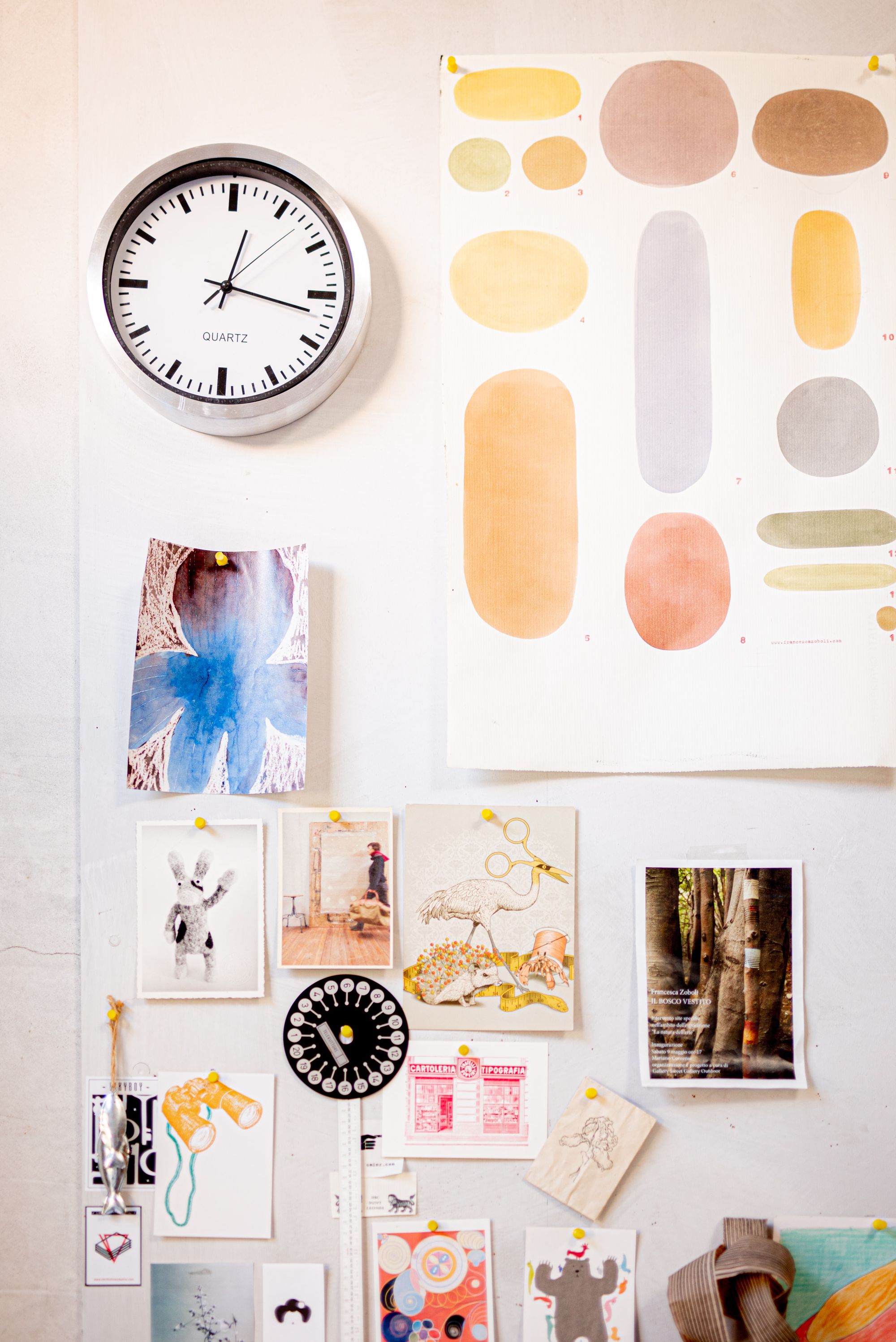
Creating a mood board is a fun and visual way to collaborate on preliminary ideas with your client and get concrete feedback before you commence design.
A mood board is not a polished slide – feel free to include snippets and images from other sources (while still being aware of copyright!), photographs you've taken, textures and colors, and pretty much anything that expresses the proposed creative direction of the project.
You can go back to the mood board to find inspiration and ideas if you get stuck during the project.
8. Project timeline
Lastly, besides the budget, another restriction or criteria for the deliverables is the timeline with deadlines for each project phase.
All the stakeholders need to hold each other accountable to the project timeline to ensure that critical milestones are reached.

Consider the scope of the project and the average time each deliverable will take you in total, plus some breathing room in case you hit a snag, or someone is off sick for a few days.
Creating a realistic time frame will help you manage customer expectations and ensure that you complete the project on time.
It’s also vital to review the initial timeline at certain intervals, especially for long-term projects, throughout the project and update it accordingly.
That's a lot to take in! Trust us, a design brief will make your life easier. And the good news is that many good people out there have made design brief templates for you. Let's check them out.
8 design brief templates for freelance designers
There are a bunch of resources available online, and if you're already using a project management tool or freelancing platform, it's likely that there will be some design brief templates available for you there.
Take a look at some of the resources we've found and mold them for your design projects:
- A Word Doc design brief template by Smartsheet
- Shopify's minimalistic design brief template
- A well-designed one-pager by Valentine Coget
- A design brief PDF template by BrandiSea
- Try the creative production workflow on Asana
- Collaborative design brief template by Nuclino
- Milanote's visual design brief board
- Try Miro's design brief template
Wrap up
You have all the tools to create an effective design brief! We have the last few tips to share.
First, be bold, and don't be afraid to try something different. A design brief doesn't have to be a run-of-the-mill document – it can inspire your client and keep you motivated throughout the project.
Second, we suggest you make your design brief as collaborative and visual as possible to avoid miscommunication.
Third, once you've agreed on the design brief, stick to it as far as possible and don't edit it endlessly. This is the very definition of scope creep, and it's not a productive way to design.
And fourth, if you're not already using Linearity Curve (formerly Vectornator) for your vector graphic design work, you should be.
Jumpstart your ideas with Linearity Curve
Take your designs to the next level.
Here's to your successful freelancing career!
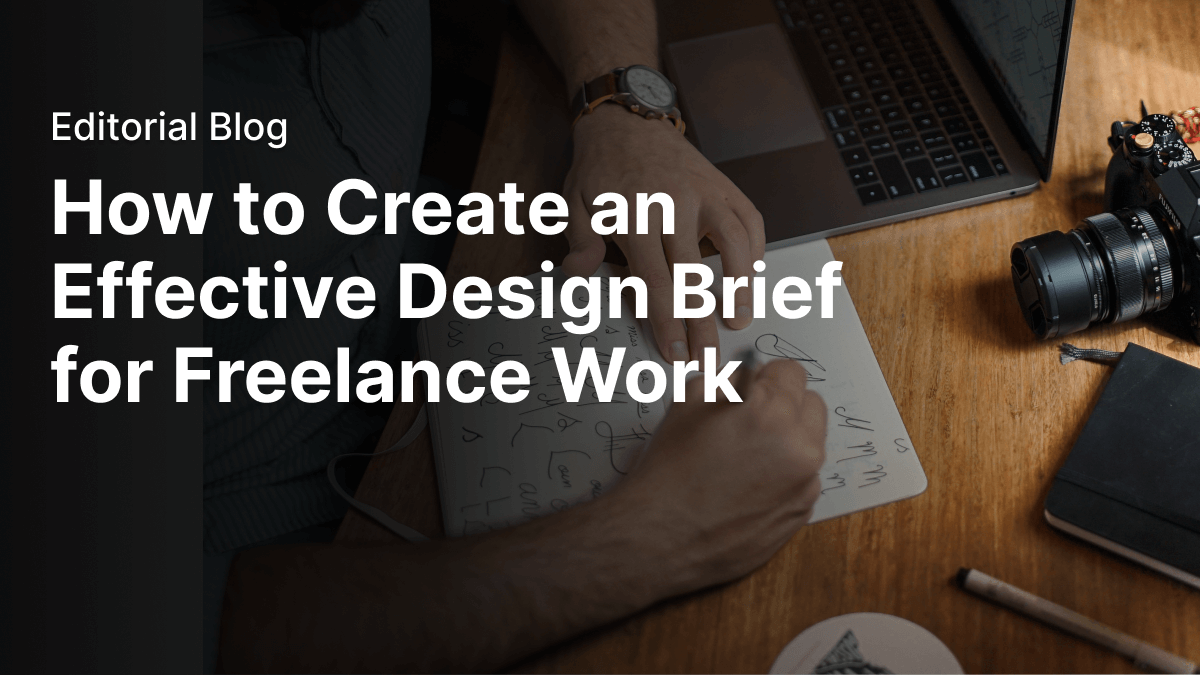
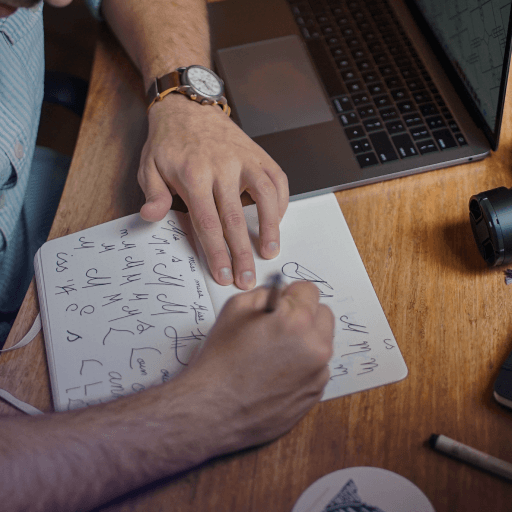
Share this!
Sharné McDonald
Sharné is a contributing writer to the Linearity Blog. She has 10+ years' experience in graphic design and marketing and holds a Master's degree in Art Education.


:quality(75))
:quality(75))



:quality(75))
